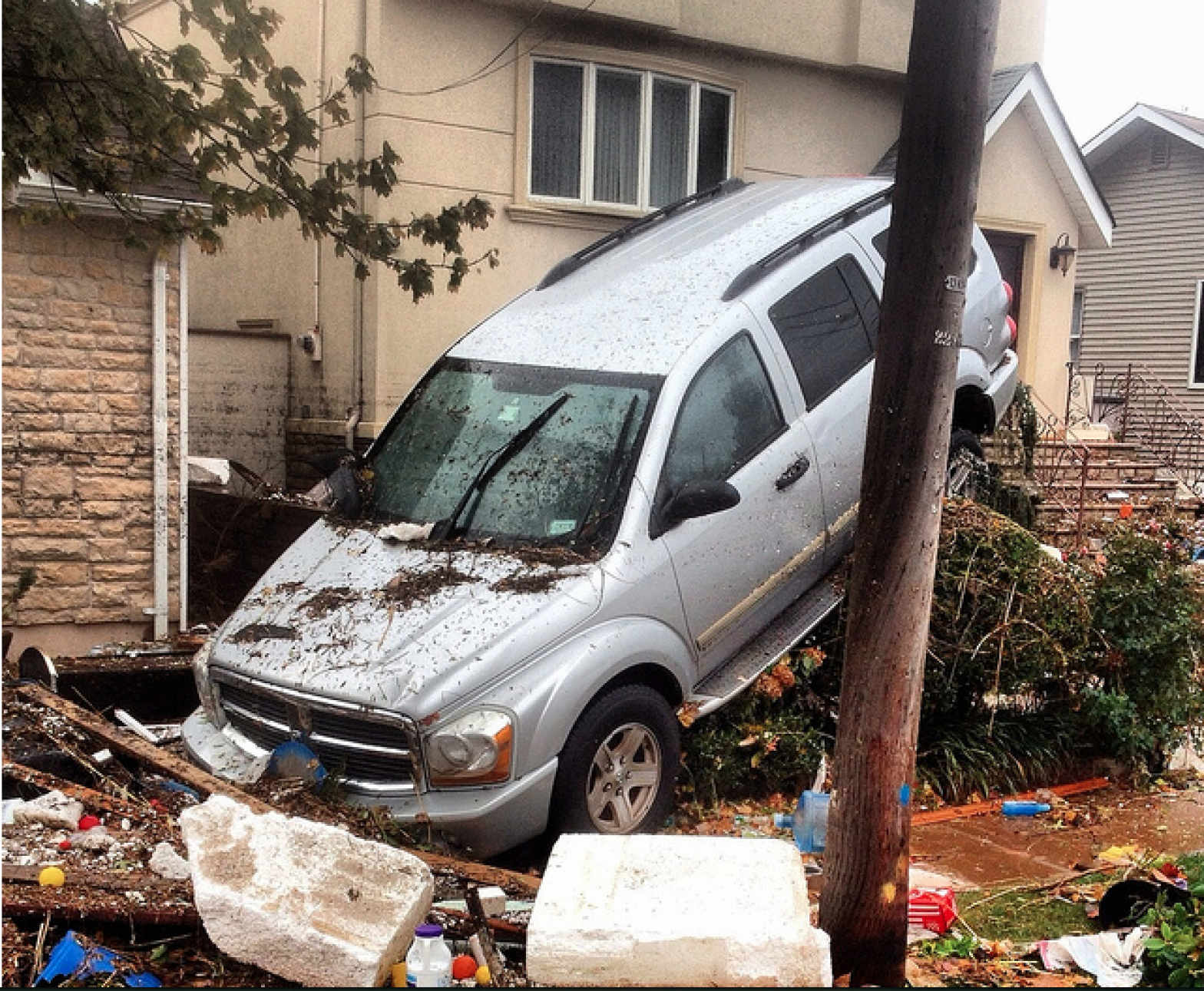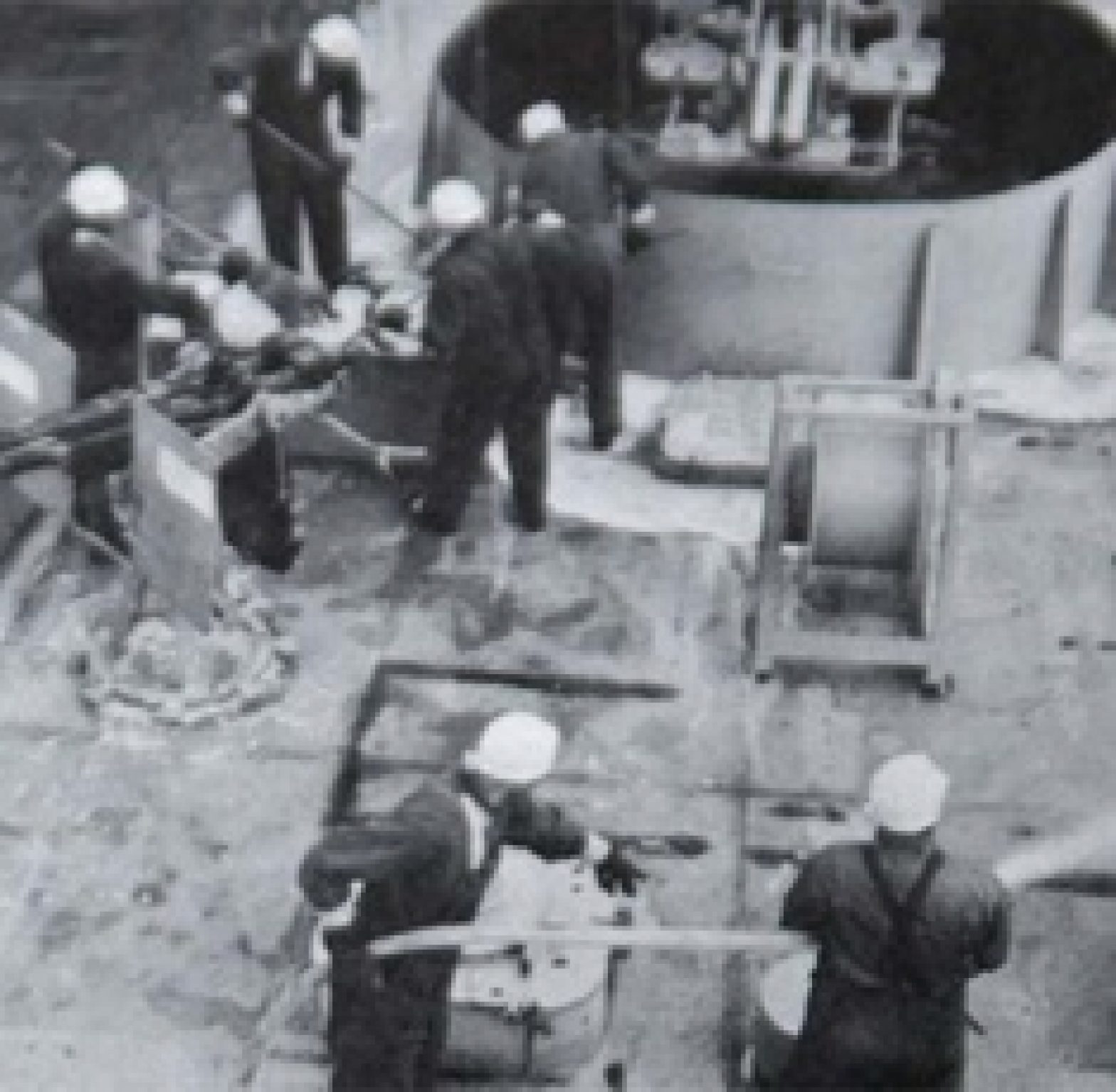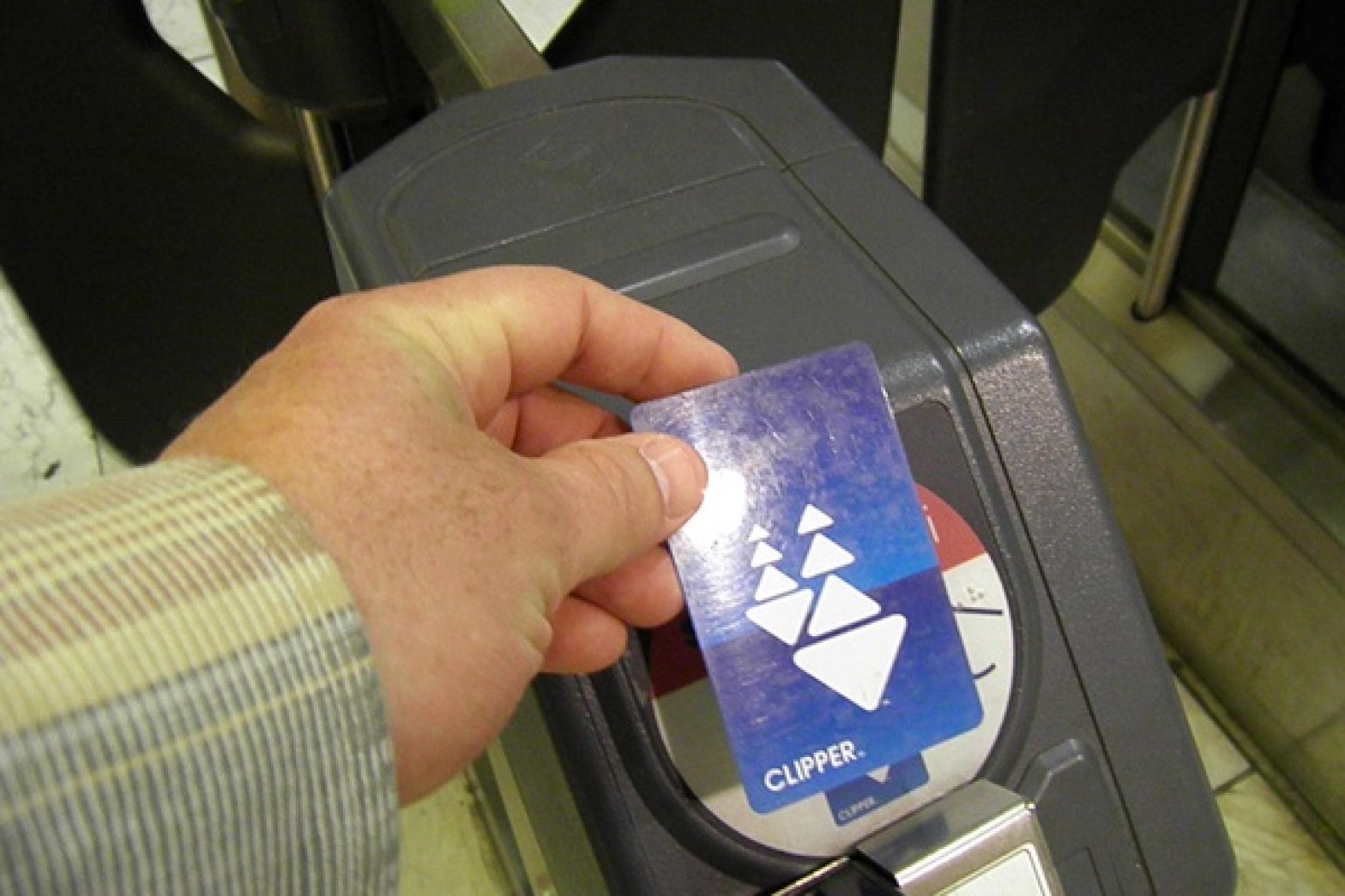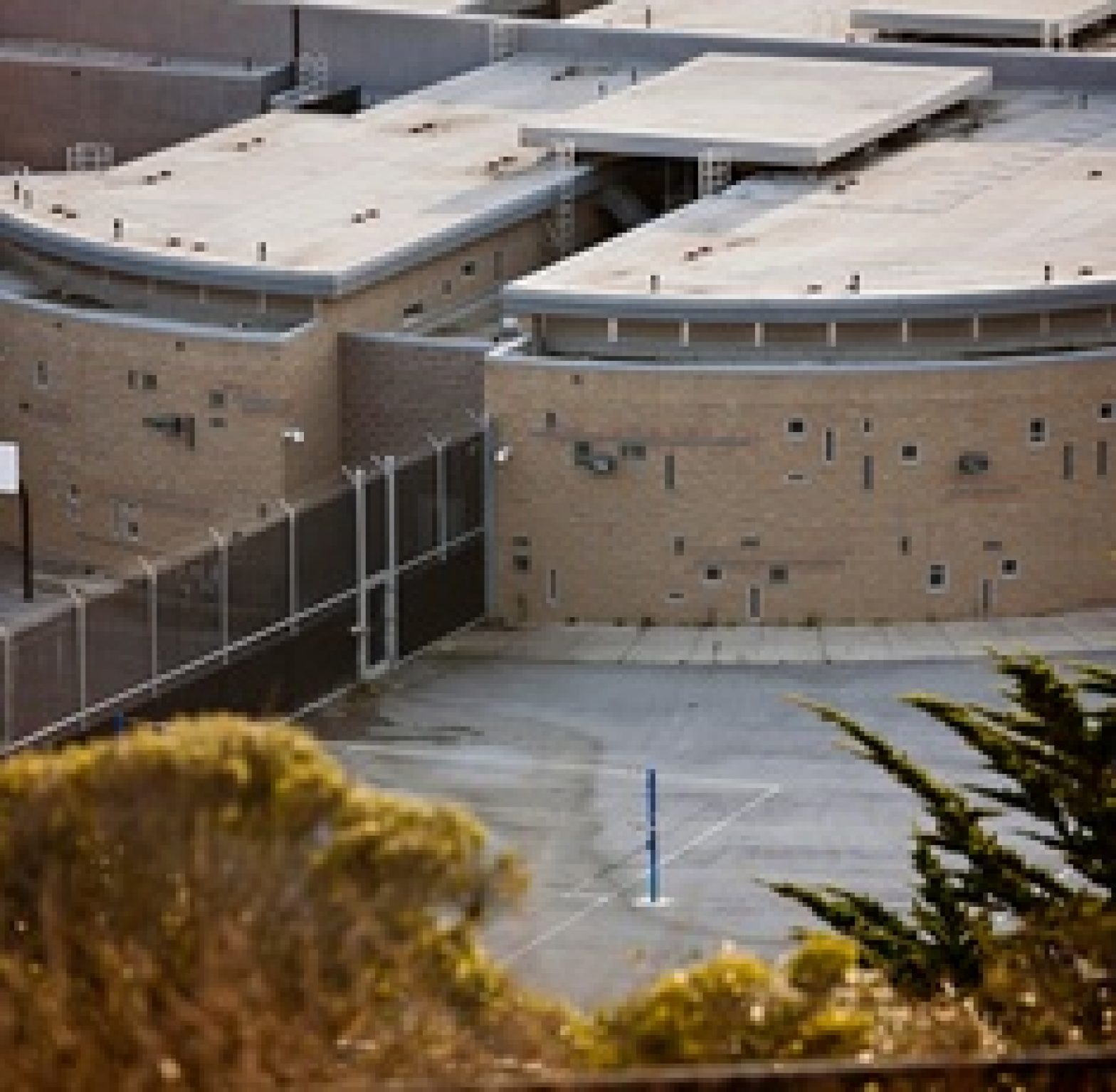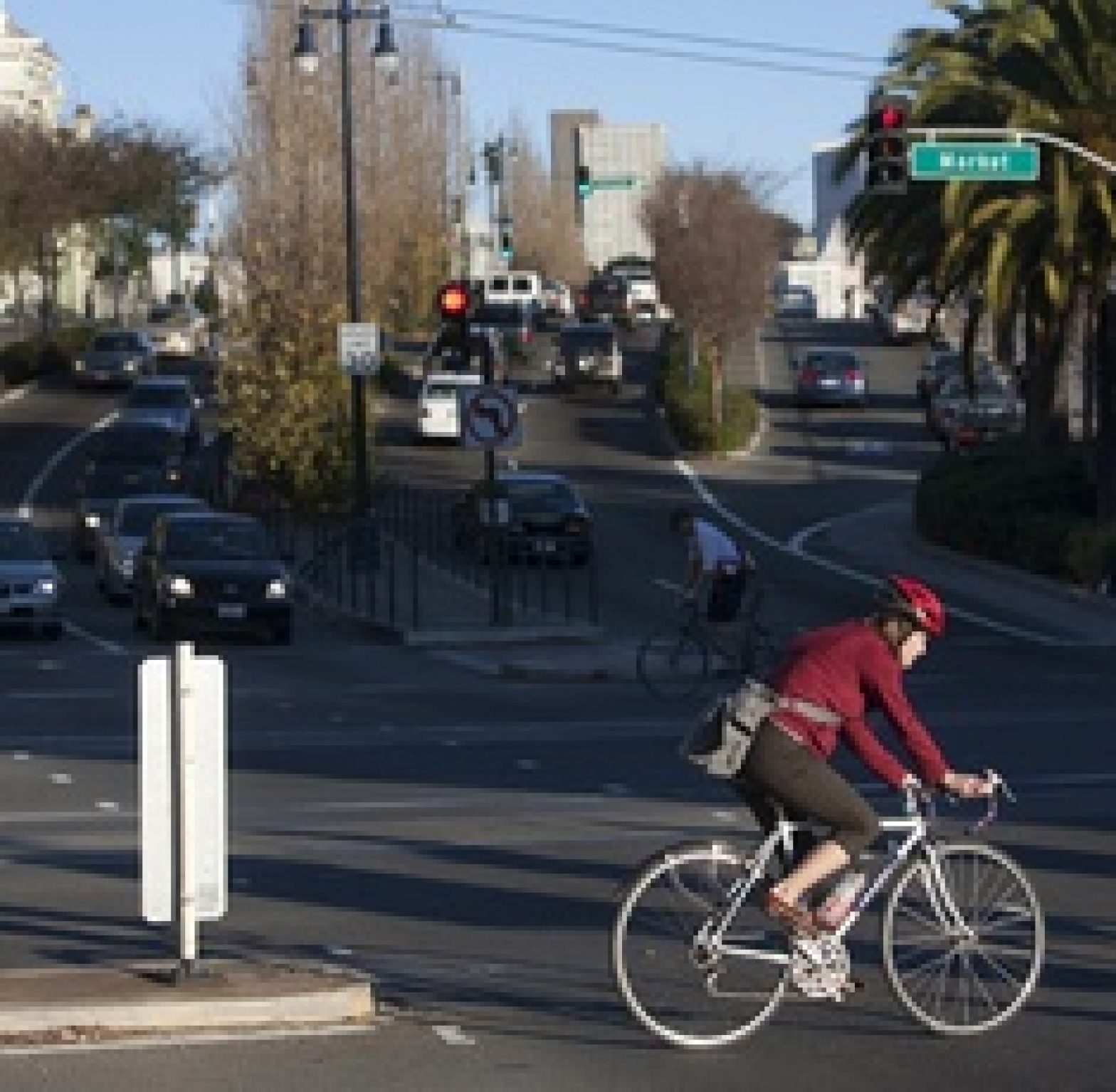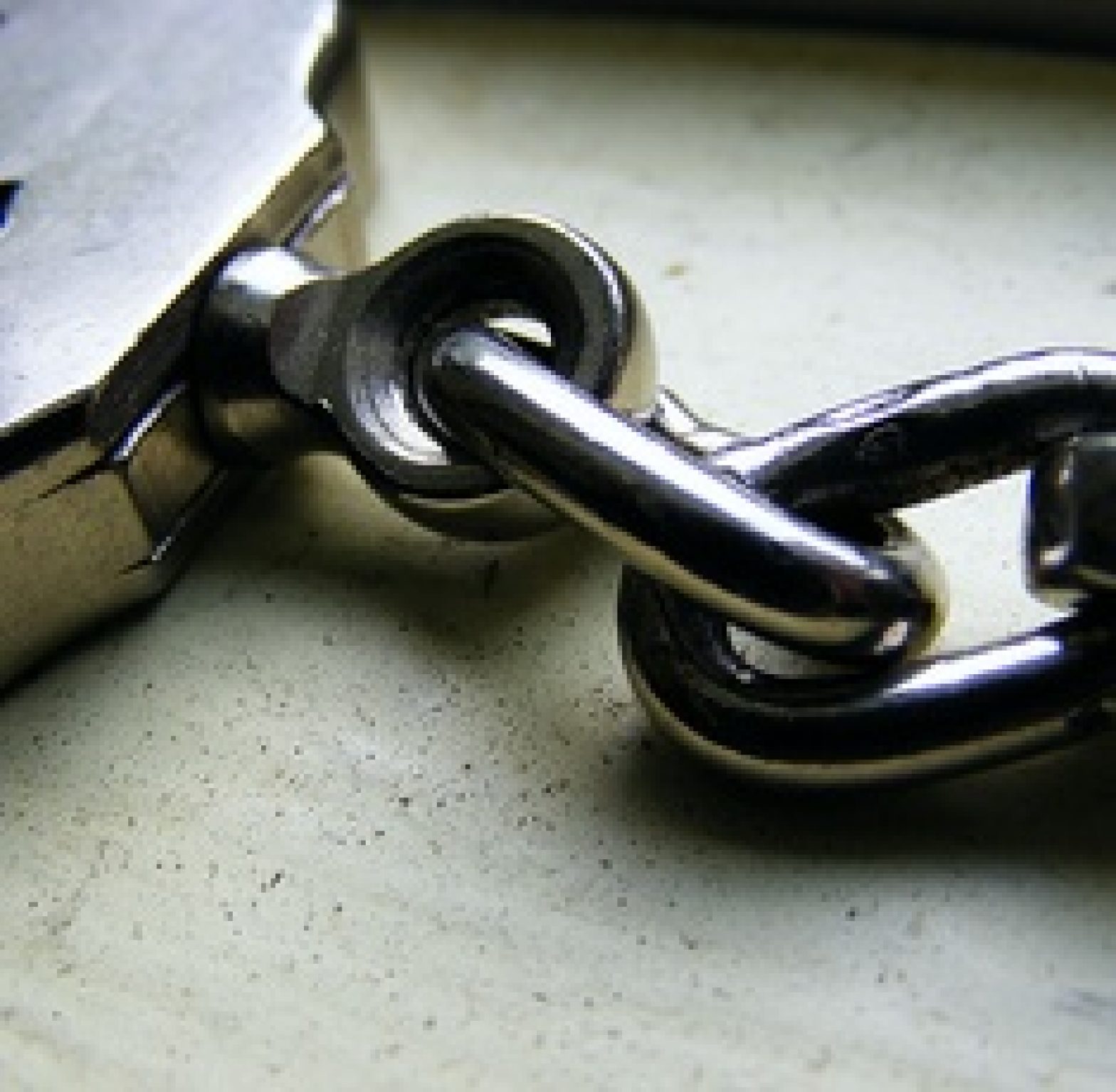News
How a Sandy-Type Storm Could Short-Circuit Silicon Valley
By Laird Harrison, KQED News Fix
First the good news: The Bay Area has plans in place for a storm as big and bad as Sandy. Now the bad news: Planning is about as far as it goes. We haven’t built new levees or seawalls, moved electrical equipment higher up, or relocated much of anything out of the flood plain. So if you’d like to know how a storm like Sandy would affect the Bay Area, just look at New York, New Jersey and the other mid-Atlantic states that may be struggling to rebuild for years to come. Not only could tens of thousands lose their homes, businesses could close, said Jeffrey Mount, a geology professor and founding director of the Center for Watershed Sciences at the University of California, Davis, speaking on KQED’s Forum Wednesday. “Think Oracle, Cisco, Intuit, Lockheed Martin, Google, Facebook – suddenly they find themselves out of business.”
